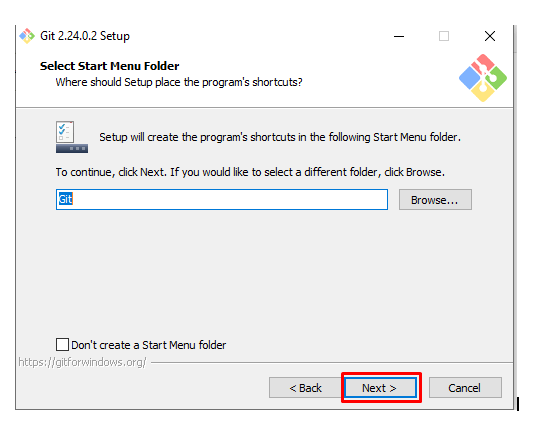
In the DevOps Life Cycle, we people have seen the terms of Continuous Delivery vs Continuous Deployment. Today many people think one term for the other. So to overcome that problem in this block, we will check the differences.
Today many people opt the DevOps principles for the purpose of continuity. Moreover, these principles bridge the gap between the Dev and the Ops team. So it means for every Client new feature (or) any enhancement in the existing feature the developer modifies the changes as per the client feedback
So have you ever thought about what factors developers work on?
Developers basically work on three factors namely:
- The software that is delivered
- The efficiency and the environmental performance to which the software is delivered.
- It makes the software delivery more efficient, capable and faster at low cost.
So when you deliver the software, it is not just delivering into production. There are several phases involved in the production
As per the plan when the developers build the software, they store it in a Software configuration management (or) the version control systems. After that, the Quality Assurance teams assure the quality, system integration test and then perform the user acceptance test. And finally, when the software passes through all these stages, it reaches the production. Here the software actually runs and the customers interact with it.
In some cases, the developer and client environment might be the same but the configuration might be different. So to overcome this problem, we require the automated deployment.
Automated deployment is the ability to deploy software in any environment, at any time continuous delivery is the capability to deploy this software in any particular environment at any time.
(or)
It is a software development practice where the developer can develop the software in such a way that it can be code be released into production at any time.
Click the link to know How DevOps became successful?
The development team by integrating the product built can achieve continuous delivery. Furthermore, the tester runs those builds to detect problems and then push those files into the production environment.
The benefits of Continuous Delivery is that code is ready to deploy at all times. So in this phase, the quality assurance team tests the functioning of each and every feature. So after the testing, it then moves manually into deployment for production. Testers deploy the code into the production environment based upon the product quality and the velocity.
Continuous Deployment:
It means for every change that you make in the pipeline, it automatically and if it passes through all these tests it deploys the code into the production. Since continuous deployment is an automatic process, the quality of the software test suite depends on the test suite.
Continuous Delivery vs Deployment
Scenario: To check various conditions in the test suite
In Continuous Delivery, the tester performs manual testing to check the function quality. So at this moment, if the tester found some more cases can be included, the tester cannot move this code into the production environment.

Where in Continuous deployment, there is no requirement of approval. It means the tester can automatically deploy the code in production servers.
If the client requires to add some other factors, then it is suggestable to move with continuous delivery else move with continuous deployment.